Larry Bolch
Well-Known Member
Why on earth not? I shot for top architects and developers with an ancient Brooks VeriWide for decades. It had a stunningly sharp Schneider 47mm SuperAngulon over a 6×10 cm format—about like an 18mm on a 35—seven shots on a roll of 120. It did not even HAVE a rangefinder, only focusing by scale. Clients loved the quality.Anyway, to get back in topic, I think the XP1 is going to have a very fast processor - early reports are that it is instantaneous. And APS-C is probably more than adequate for the street photography and holiday snaps I would use it for. Nobody would be crazy enough to use a rangefinder camera for arch photography, but it's good to know it can work when it's all I'm carrying and have a good opportunity.
 I bought it used, shot with it for many years, sold it for about what I paid for it, and it paid back handsomely during the working years. To the best of my knowledge it is still at work. Similar cameras are—or were—still made by Alpa, Linhof, Fuji and Horseman. Cosmetics have changed a bit, but the essential concept of the camera has not.
I bought it used, shot with it for many years, sold it for about what I paid for it, and it paid back handsomely during the working years. To the best of my knowledge it is still at work. Similar cameras are—or were—still made by Alpa, Linhof, Fuji and Horseman. Cosmetics have changed a bit, but the essential concept of the camera has not.